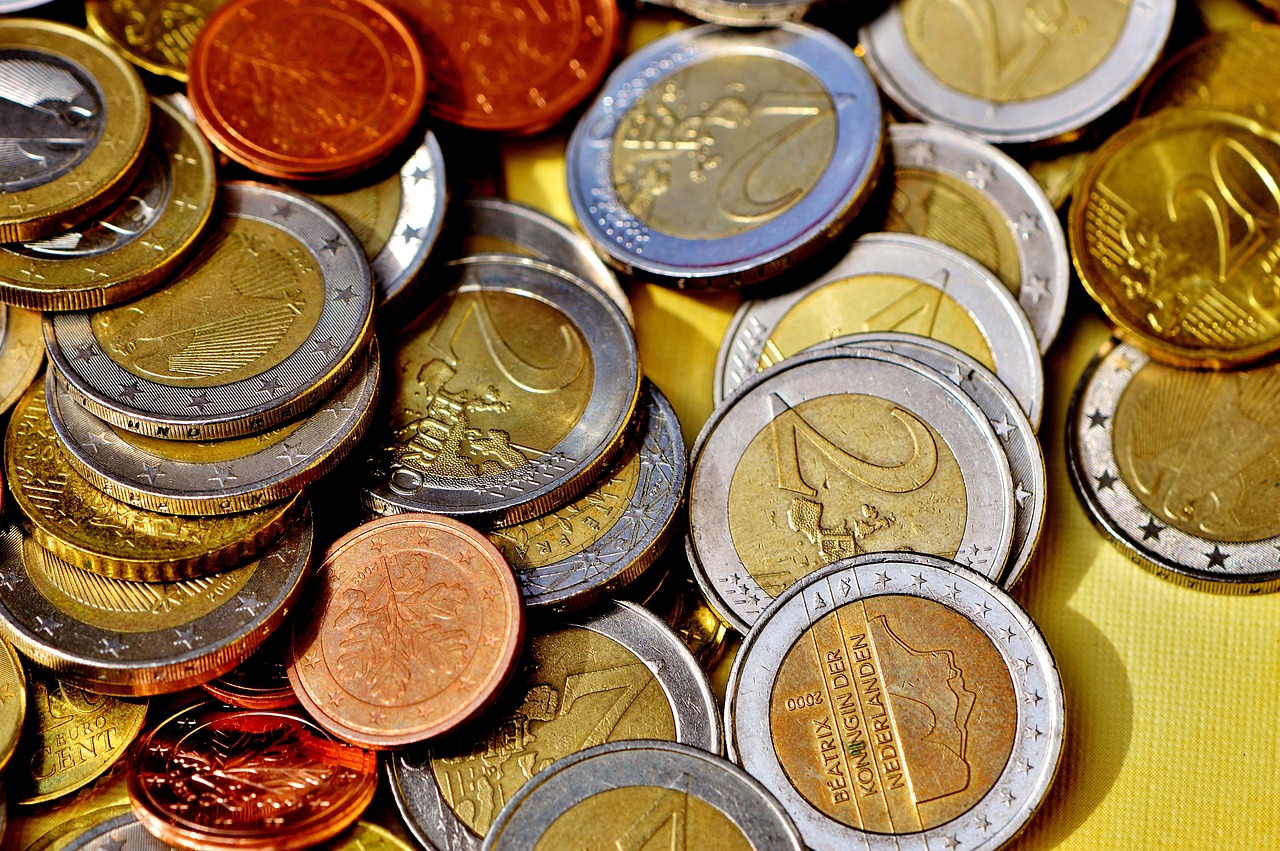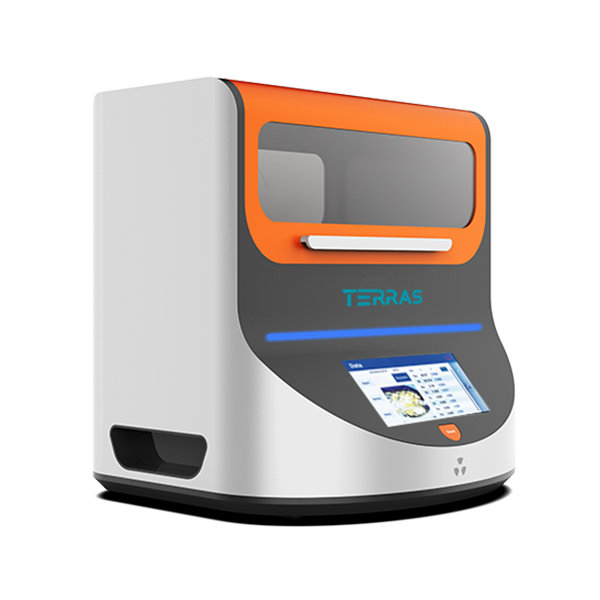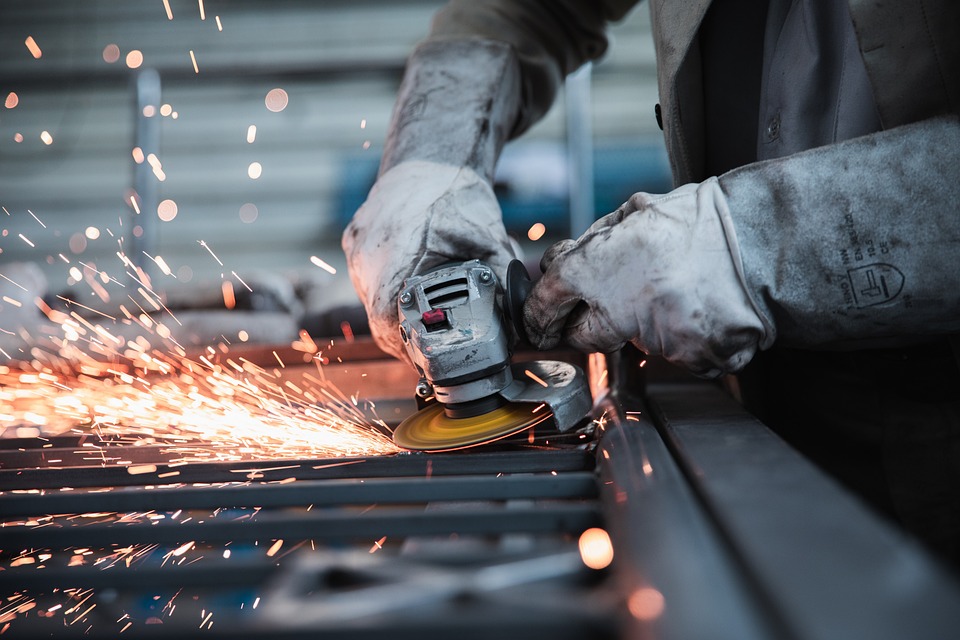
Gold and Jewelry
A high-tech enterprise focusing on the development and application of X-ray technology products, committed to becoming a leading supplier of X-ray industrial testing solutions.
Enhancing Gold Quality Control with Advanced XRF Machines
Gold has been a symbol of wealth and prestige for centuries, valued for its beauty, rarity, and utility. Today, gold's value continues to be recognized across industries, from jewelry and investment to electronics and aerospace. Ensuring the quality of gold is paramount for maintaining its integrity and value. Advanced X-ray fluorescence (XRF) machines are revolutionizing the way we control and verify gold quality, providing precise, non-destructive analysis essential for the modern market.

The Importance of Gold Quality Control
Quality control in gold is vital for several reasons
Authenticity: Verifying the purity of gold is crucial to prevent fraud and ensure consumers receive what they pay for.
Regulation Compliance: Adherence to industry standards and regulations requires accurate gold content verification.
Investment Security: Investors need assurance of the gold's quality to maintain its market value and ensure secure investments.
Industrial Applications: High-purity gold is essential in electronics and other industries where performance depends on material quality.
Traditional Methods vs. Advanced XRF Technology
Historically, gold quality has been assessed using methods such as fire assay and chemical testing. While accurate, these methods are time-consuming, require skilled technicians, and involve the destruction of a sample portion.
Limitations of Traditional Methods
Destructive: Traditional methods often destroy part of the gold sample.
Time-Consuming: Extensive processing time delays results.
Labor-Intensive: Requires highly trained personnel and meticulous procedures.
Environmental Impact: Chemical assays can involve hazardous materials that pose environmental risks.
The XRF Advantage
XRF technology offers a modern solution to these challenges. Here’s how XRF machines enhance gold quality control
Non-Destructive Analysis: XRF machines analyze gold without damaging the sample, preserving its value.
Speed and Efficiency: XRF provides immediate results, significantly reducing analysis time.
Accuracy and Precision: Advanced XRF machines deliver highly accurate measurements of gold purity and composition.
User-Friendly Operation: Modern XRF machines are designed for ease of use, requiring minimal training.
Environmental Safety: XRF is a clean technology, eliminating the need for hazardous chemicals.
How XRF Machines Work
XRF machines operate by exposing the gold sample to a beam of X-rays. This interaction causes the gold atoms to emit secondary (fluorescent) X-rays. Each element in the sample emits X-rays at characteristic energies, allowing the XRF machine to determine the sample's elemental composition and purity accurately.
The Aurora 900 series by Terra Scientific is a groundbreaking benchtop gold analyzer that offers a fast and exceptionally precise method for determining gold concentration or karat, catering to quality control, pricing, and practical applications. It enables users to perform immediate, cost-effective, and completely non-destructive tests to determine gold purity and verify alloy compositions.
Key Features of Advanced XRF Machines
High-Resolution Detectors: Capture precise data for more accurate results.
Automated Calibration: Ensures consistent accuracy across multiple analyses.
Software Integration: Advanced software analyzes data quickly and offers comprehensive reporting.
Portability: Portable XRF machines enable on-site testing, offering flexibility and convenience.

Applications of XRF in Gold Quality Control
Jewelry Industry: In the jewelry industry, XRF machines are used to authenticate the purity of gold items, ensuring compliance with hallmarking standards and protecting consumer interests.
Financial Sector: Banks and gold traders use XRF machines to verify the quality of gold bars and coins, maintaining trust and security in transactions.
Recycling and Refining: XRF technology assists in the recycling and refining process by quickly determining the composition of scrap gold, optimizing the recovery of valuable materials.
Industrial Applications: Manufacturers in electronics and aerospace use XRF machines to verify the purity of gold used in critical components, ensuring product reliability and performance.
Future Trends in XRF Technology: The future of XRF technology looks promising, with ongoing advancements aimed at enhancing accuracy, speed, and usability. Innovations such as AI integration for data analysis, miniaturization of devices, and increased automation are expected to further revolutionize gold quality control.
AI Integration: Artificial intelligence can enhance XRF analysis by providing predictive maintenance for the machines, optimizing calibration, and interpreting complex data patterns with greater accuracy.
Miniaturization: Smaller, more portable XRF devices will enable broader applications, including field testing and real-time analysis in various settings.
Increased Automation: Automation in XRF machines will reduce the need for manual intervention, leading to more consistent results and higher efficiency in quality control processes.
Conclusion
Advanced XRF machines are transforming gold quality control, providing a non-destructive, accurate, and efficient method for verifying gold purity and composition. As technology continues to advance, XRF will play an increasingly vital role in ensuring the integrity and value of gold across industries. Embracing these innovations not only protects consumers and investors but also enhances the overall reliability and sustainability of gold-related applications.
Join Us
Subscribe to our email list for updates & promotions.



